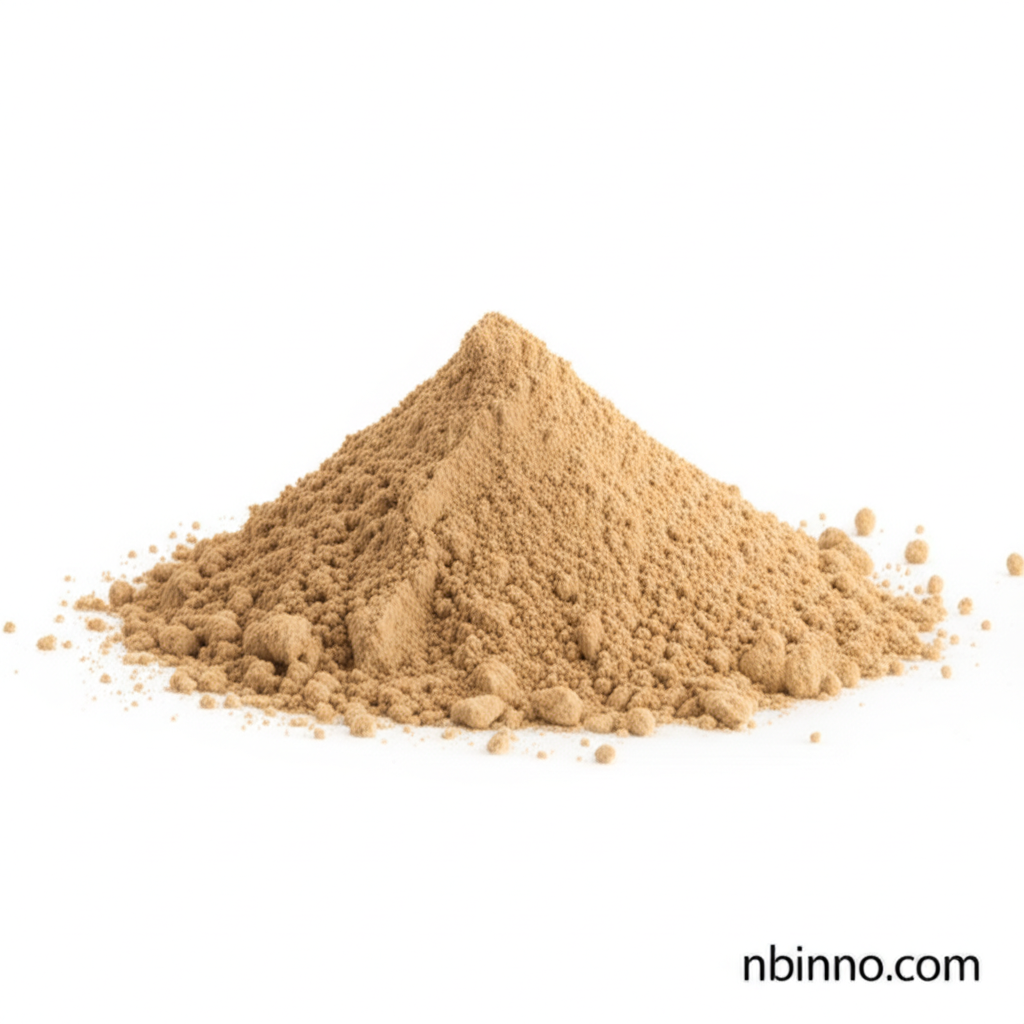Unlock the Versatile Applications of Tannic Acid: A Comprehensive Guide for Industrial and Scientific Use
Discover the multifaceted benefits and applications of Tannic Acid, a key natural polyphenol.
Get a Quote & SampleProduct Core Value

Tannic Acid
Tannic acid, identified by CAS number 1401-55-4, is a prominent natural polyphenol. It is characterized by its weak acidity, stemming from numerous phenol groups within its structure. This compound is typically a light brown amorphous powder, highly soluble in water. Its primary extraction sources include tara pods and gallnuts, making it a readily available and versatile chemical for numerous industrial and scientific applications. Understanding its chemical properties is key to leveraging its full potential.
- Tannic Acid uses are extensive, ranging from acting as a mordant in textile dyeing to its role as a crucial component in various industrial processes.
- The CAS 1401-55-4 applications span across industries, highlighting its importance as a chemical auxiliary and catalyst in many formulations.
- As a potent antioxidant, tannic acid offers significant benefits in food preservation and health-related research, contributing to its demand as a high-quality chemical.
- The ability to buy tannic acid from reliable suppliers ensures access to this vital compound for critical research and manufacturing needs.
Advantages of Using Tannic Acid
Natural Origin & Versatility
Derived from natural plant sources, tannic acid offers a sustainable and multifaceted chemical solution, ideal for applications requiring bio-based ingredients. Its broad spectrum of uses makes it a valuable asset for businesses seeking to innovate.
Industrial Efficacy
The compound serves as an effective mordant in dyeing, enhances color fastness in textiles, and acts as a powerful corrosion inhibitor for metals, demonstrating its robust performance in demanding industrial settings. These functions contribute to extending product lifespan and improving aesthetic qualities.
Health & Food Applications
As an antioxidant and potential therapeutic agent, tannic acid is utilized in the food industry and pharmaceutical research, showcasing its valuable contributions to health and wellness sectors. Its properties support product quality and safety.
Key Applications
Textile Dyeing
Tannic acid is widely employed as a mordant in the dyeing of cellulose fibers, improving dye uptake and fastness properties, a key aspect for many textile manufacturers.
Corrosion Inhibition
Its ability to form protective layers makes it an effective agent for passivating and inhibiting corrosion on iron-based metal objects, crucial for metal conservation and protection.
Food and Beverage Industry
Used as a clarifying agent and antioxidant, tannic acid enhances the quality and shelf-life of various food and beverage products, contributing to consumer satisfaction and product integrity.
Pharmaceutical Research
Its antioxidant and potential therapeutic properties are explored in pharmaceutical research for various health applications, including wound treatment and as an ingredient in medicinal formulations.
